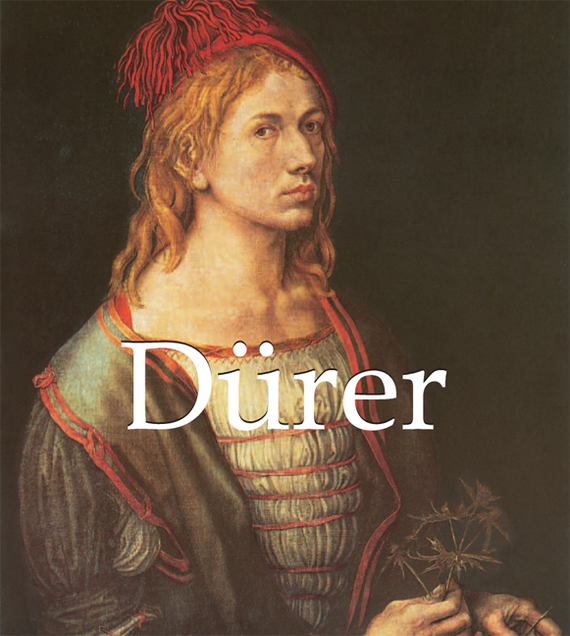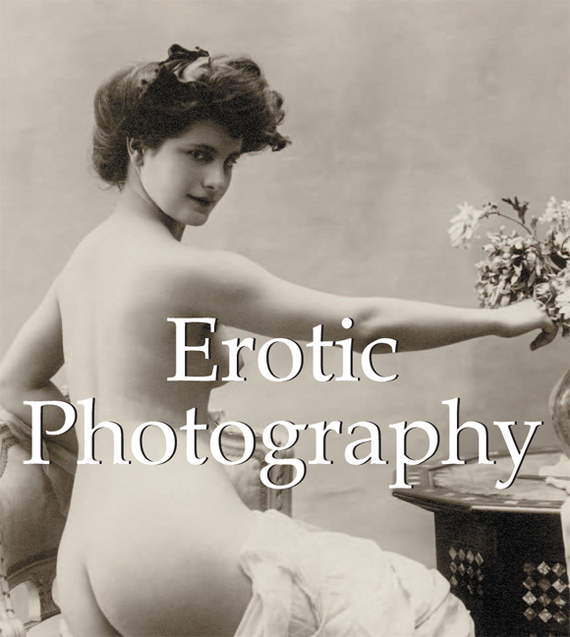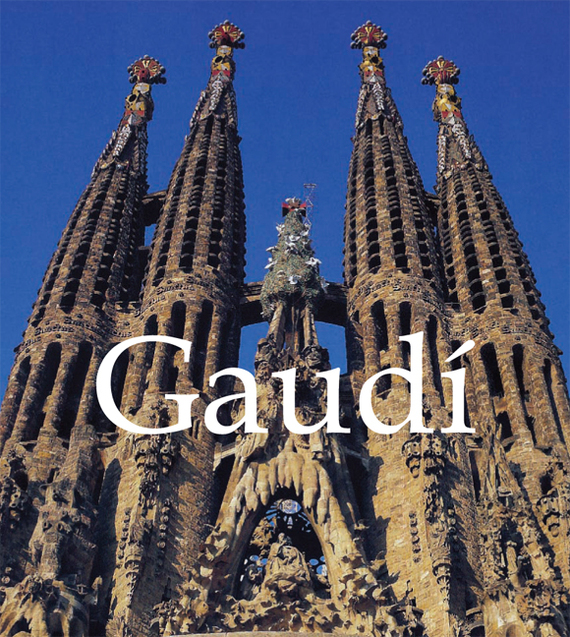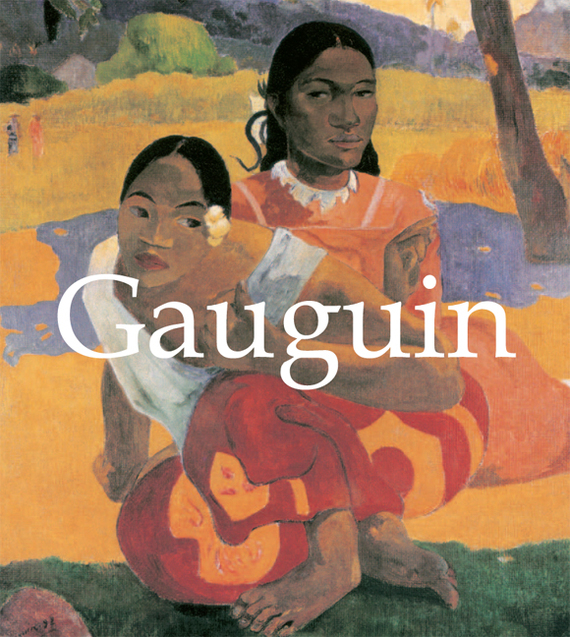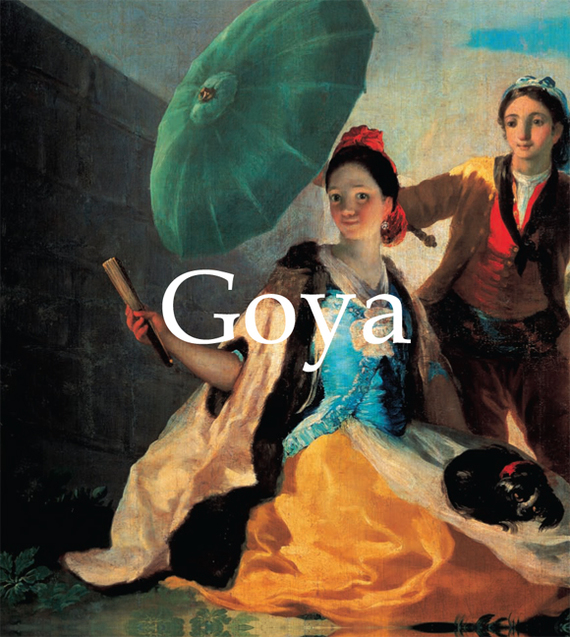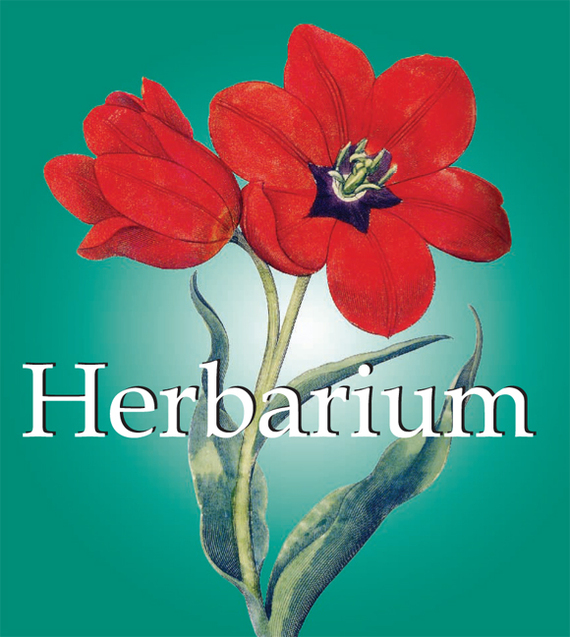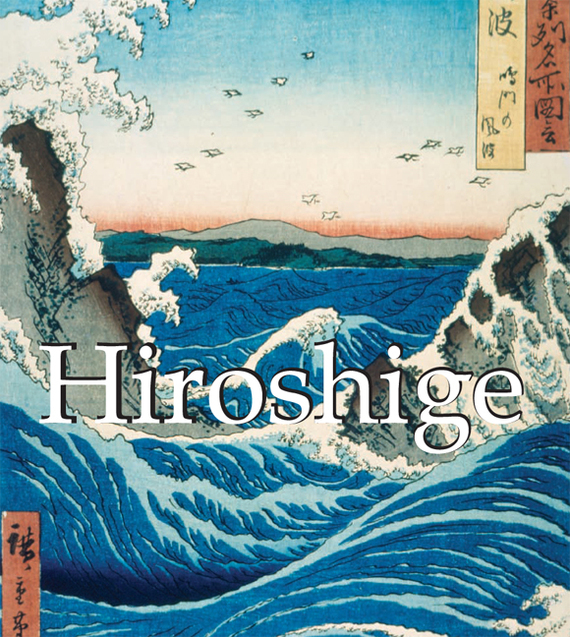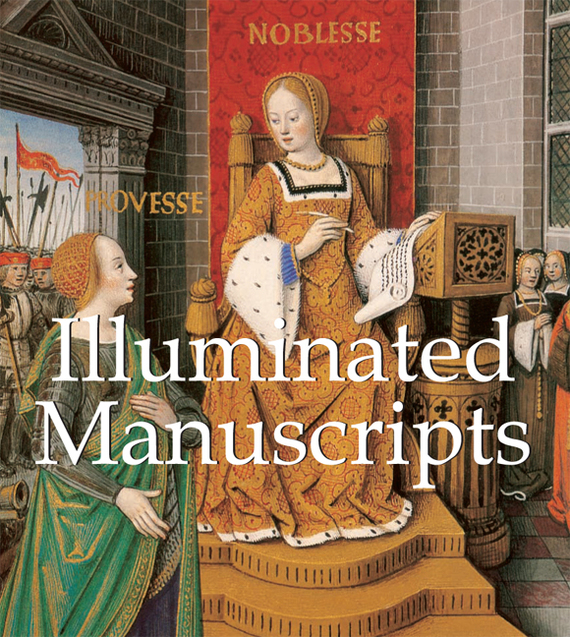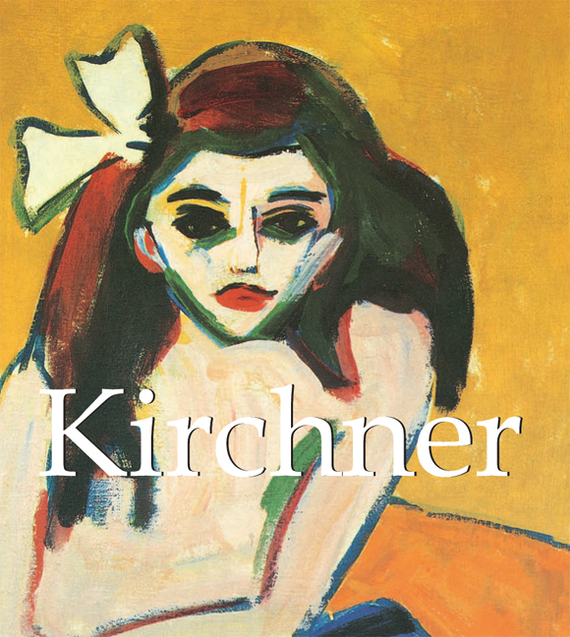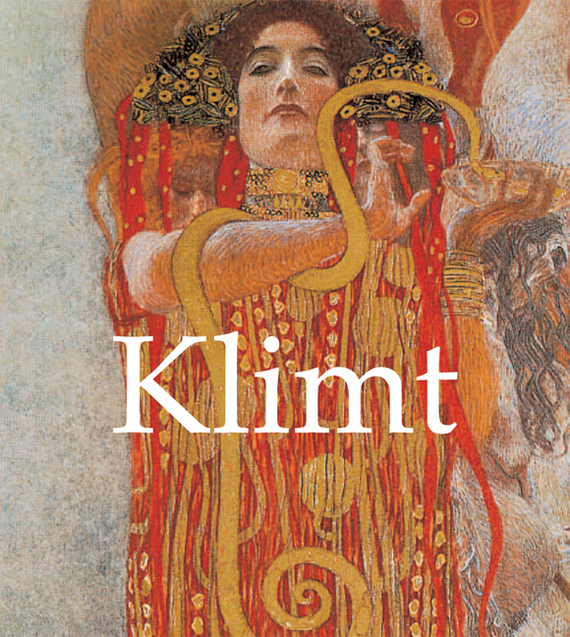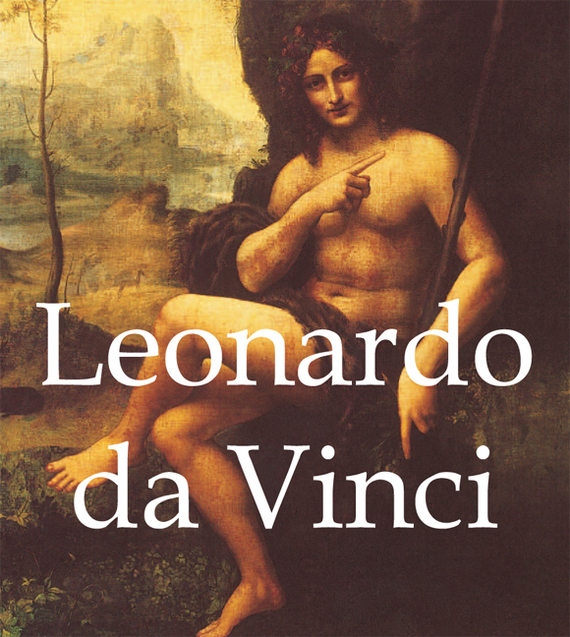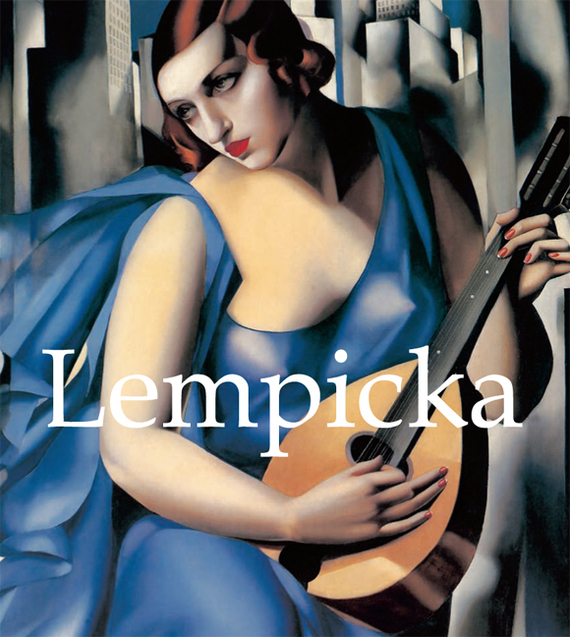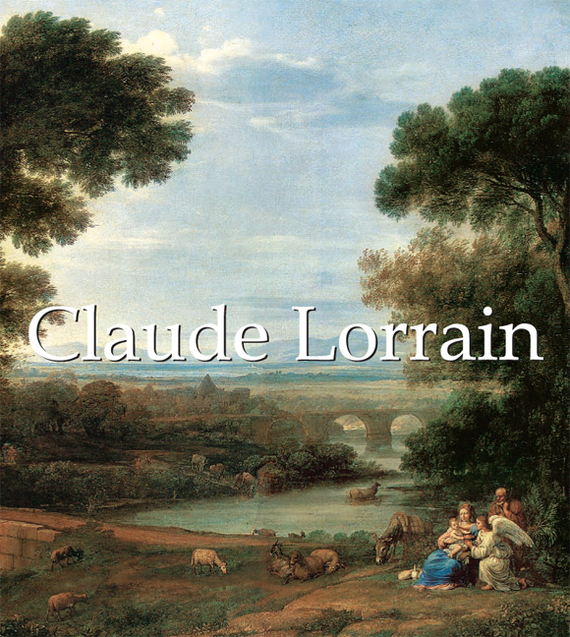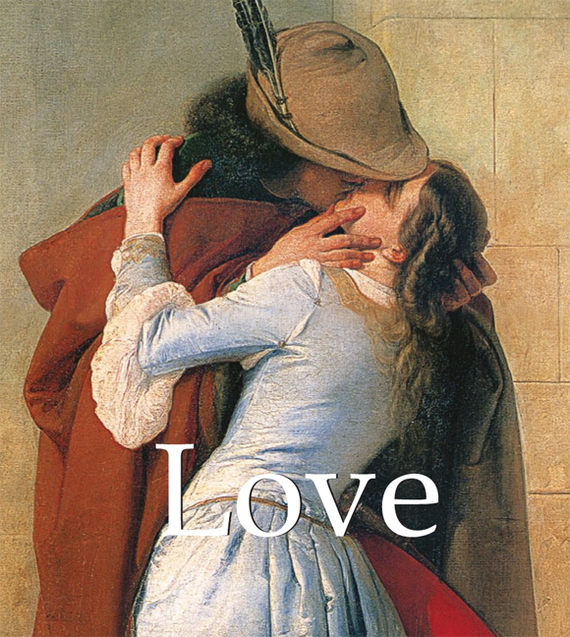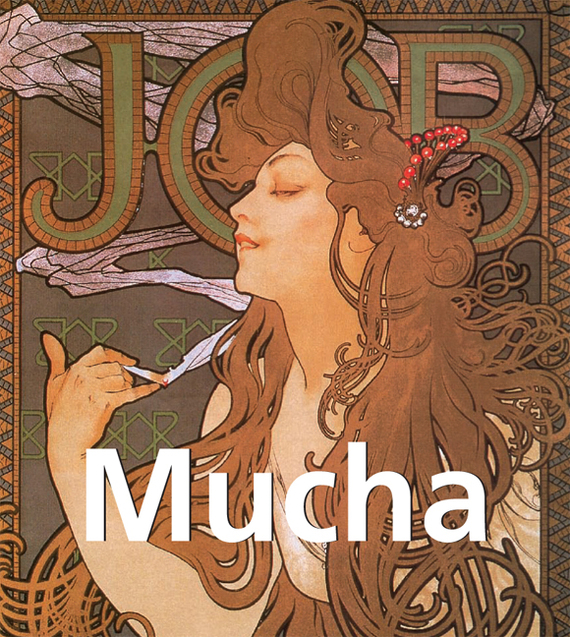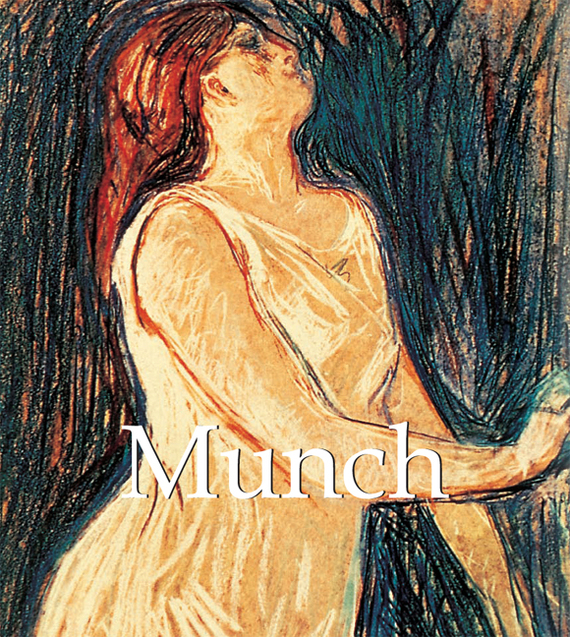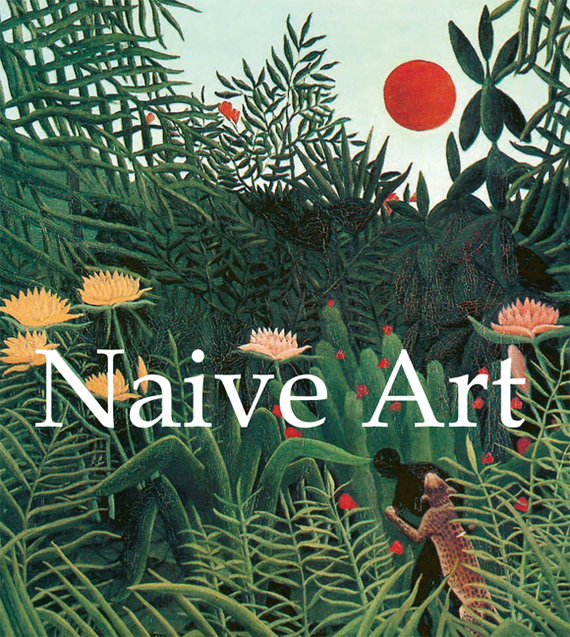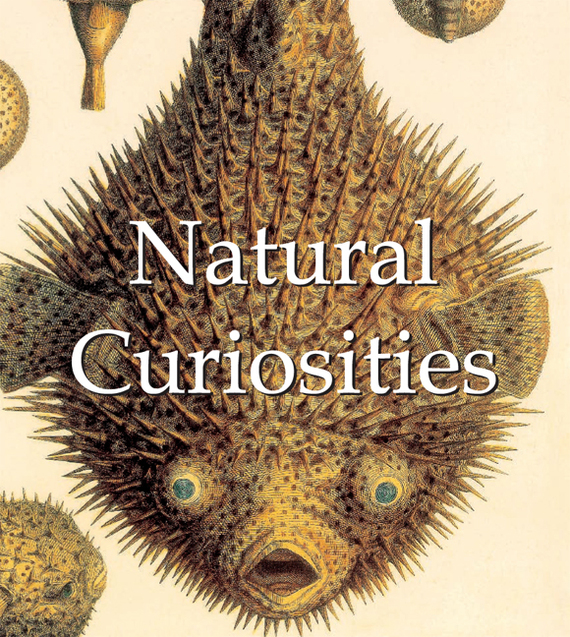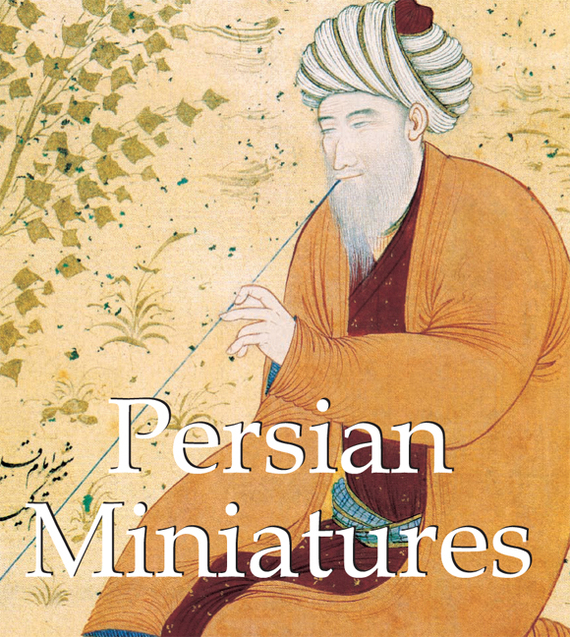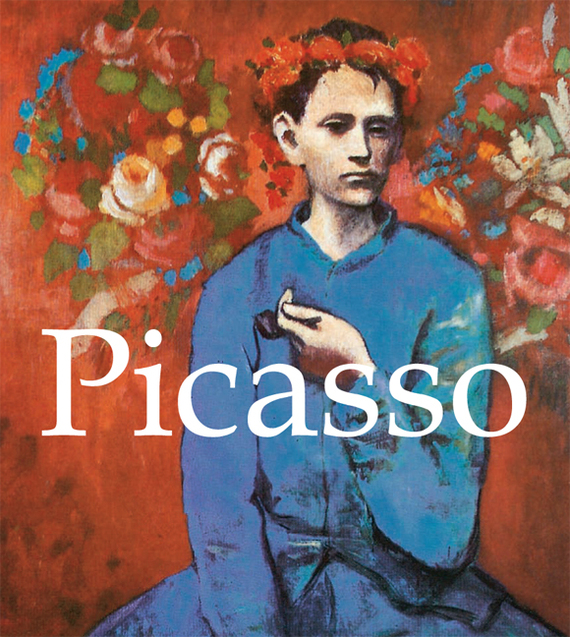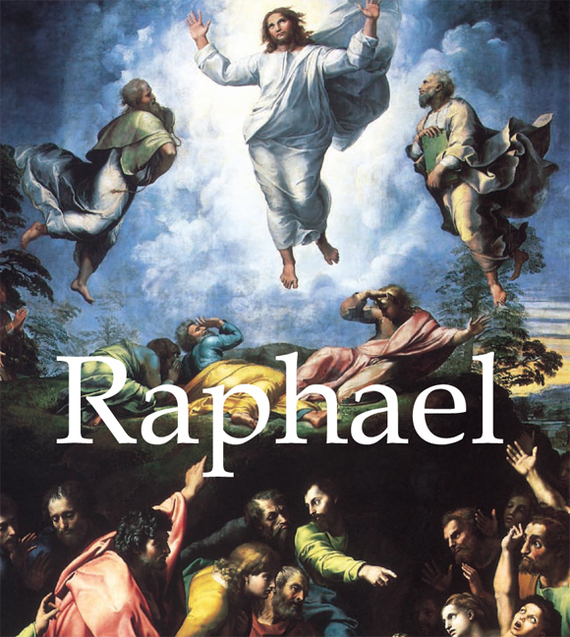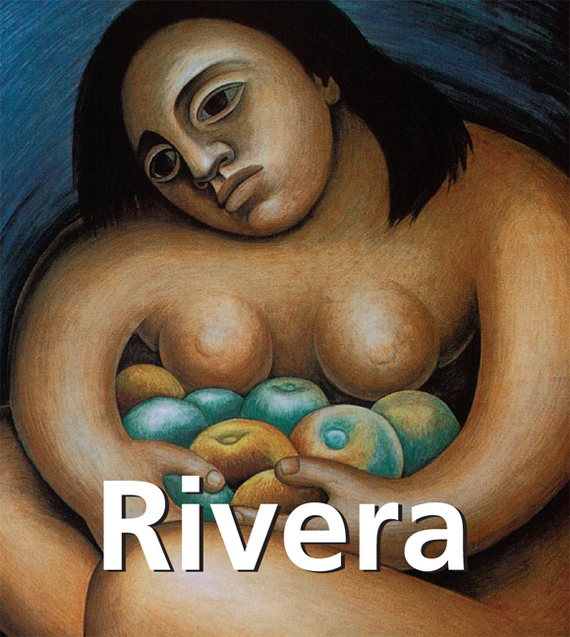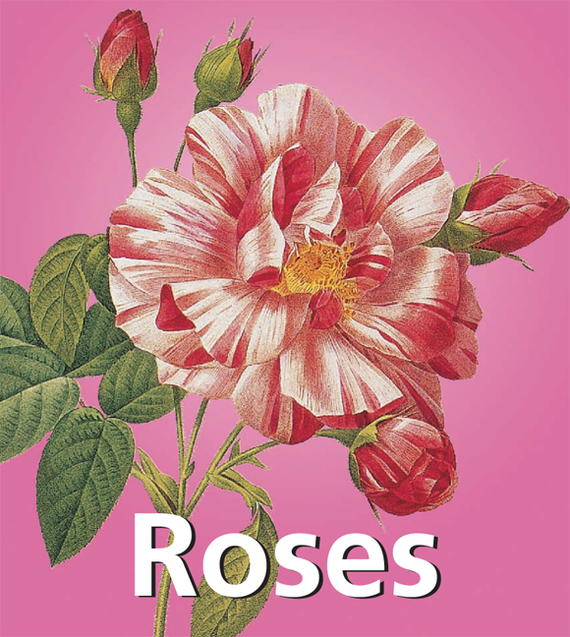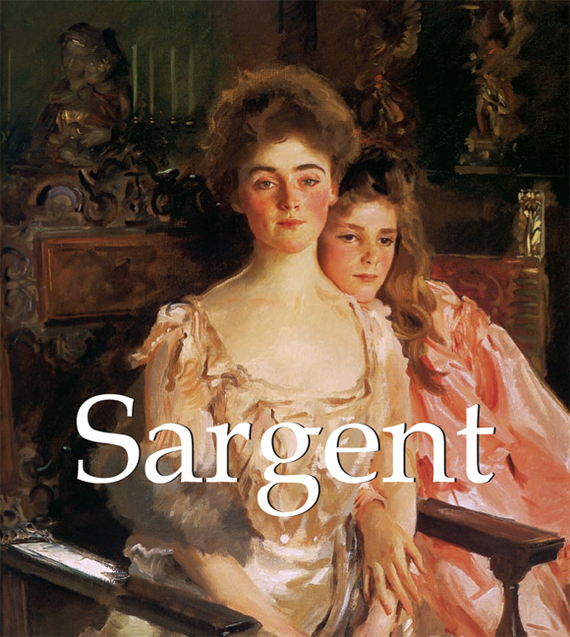Рубрикатор
-
-
Черновики
-
Бизнес-Книги
- Поиск работы, карьера
- Управление, подбор персонала
- Маркетинг, PR, реклама
- Банковское дело
- Ценные бумаги, инвестиции
- Бухучет, налогообложение, аудит
- ВЭД
- Экономика
- Отраслевые издания
- Корпоративная культура
- Личные финансы
- Недвижимость
- О бизнесе популярно
- Малый бизнес
- Делопроизводство
- Зарубежная деловая литература
- Фантастика
- Любовные романы
- Приключения
- Детские книги
- Наука, Образование
- Справочники
- Публицистика
- Религия
- Юмор
- Боевики
- Indo-European languages
- The arts
- Humanities
- Health & personal development
- Современная проза
- Зарубежная литература
- Фэнтези
- Искусство
- Книги по психологии
- Повести, рассказы
- Детективы
- Поэзия, Драматургия
- Компьютеры
- Дом, Семья
- Периодические издания
- Классика
-
Черновики
Изобразительное искусство, фотография
D?rer is the greatest of German artists and most representative of the German mind. He, like Leonardo, was a man of striking physical attractiveness, great charm of manner and conversation, and mental accomplishment, being well grounded in the sciences and mathematics of the day. His skill in draughtsmanship was extraordinary; D?rer is even more celebrated for his engravings on wood and copper...
From Michelangelo to Rubens, Degas and Picasso, erotic art has attracted many great masters, who created works that captivate the beholder like few others. In spite of, or maybe even because of, this attraction, erotic art has never failed to evoke controversy, and regularly had to defend itself from charges of pornography. This book guides readers from early portrayals of erotic scenes...
Erotic photo art has lost much of its exquisite soul since Playboy and other girlie monthlies repackaged the human body for mass-market consumption. Like much painting, sculpture and engraving, since its beginning photography has also been at the service of eroticism. This collection presents erotic photographs from the beginning of photography until the years just before World War II. It...
Flowers are the centerpiece in the majority of pictorial still-lifes. By painting their colours and forms, artists from Brueghel to O’Keeffe have created symbols for both life and mortality. Van Gogh’s sunflowers, Monet’s water lilies and Matisse’s bouquets are, of course, unforgotten. Most of the works contained in Flowers are true masterpieces, which have often marked whole epochs...
Since The Turkish Baths (1863) by the French painter Ingres, the Far Eastern woman has, to many, been a symbol of out of reach or forbidden pleasures. Seafaring explorers, military adventurers and simple travellers from Europe over the centuries have all been enthralled by the exotic nature of the Asian woman, her foreignness accentuated by the gentle pallor of her skin. Thus arose the myth...
Spanish architect and designer, Antoni Gaud? (1852-1926) was an important and influential figure in the history of contemporary Spanish art. His use of colour, application of a range of materials and the introduction of organic forms into his constructions were an innovation in the realm of architecture. In his journal, Gaud? freely expressed his own feelings on art, “the colours used in...
Paul Gauguin was first a sailor, then a successful stockbroker in Paris. In 1874 he began to paint at weekends as a Sunday painter. Nine years later, after a stock-market crash, he felt confident of his ability to earn a living for his family by painting and he resigned his position and took up the painter’s brush full time. Following the lead of C?zanne, Gauguin painted still-lifes from the...
Goya is perhaps the most approachable of painters. His art, like his life, is an open book. He concealed nothing from his contemporaries, and offered his art to them with the same frankness. The entrance to his world is not barricaded with technical difficulties. He proved that if a man has the capacity to live and multiply his experiences, to fight and work, he can produce great art without...
Mega Square Herbarium is based on the work of Basilius Besler, the famous plant expert who, for the first time in history, described, painted and engraved over a thousand species of plants. His drawings are of great scientific as well as artistic value, and offer vivid insights into Europe’s eclectic flora.
The art of the Ukiyo-e reflected the artistic expression of an isolated civilisation which, when it became accessible to the West, significantly influenced a number of European artists. The three masters of Ukiyo-e, Hokusai, Utamaro and Hiroshige, are united here for the first time to create a true reference on Japanese art. The three masters rank highly among the most famous Japanese artistic...
Those who have had the chance to hold a medieval manuscript in their hands cannot fail to have been impressed by the feeling of being in touch with a long-passed epoch. Back when a book was a true handicraft and every copy the result of a laborious process, the object was more a work of art than a volatile commercial product. The Mega Square Illuminated Manuscripts puts the reader in touch...
Impressionism has always been one of the public’s favourite styles of art and Impressionist works continue to enchant beholders with their amazing play of colours and forms. This book offers a well-chosen selection of the most impressive works of artists such as Degas, Monet, Pissarro, Renoir and Sisley. Mega Square Impressionism pays tribute to the subject’s popularity.
Mega Square In Praise of the Backside celebrates the most sensual part of the female body. The insightful text by Hans-J?rgen D?pp discusses the backside as a feature that stands for both powerful eroticism and supple femininity, seducing famous artists from every genre. This title is sure to entice and delight a wide audience with its lively, provocative images.
Behind Frida Kahlo’s portraits, lies the story of both her life and work. It is precisely this combination that draws the reader in. Frida’s work is a record of her life, and rarely can we learn so much about an artist from what she records inside the picture frame. Frida Kahlo truly is Mexico’s gift to the history of art. She was just eighteen years old when a terrible bus accident...
Mega Square Kama Sutra pays homage to the magic of love and is a universal educational manual. This edition is tastefully illustrated with refined frescos and delicate prints.
The self-appointed “leader” of the artists’ group Die Br?cke (Bridge), founded in Dresden in 1905, Ernst Ludwig Kirchner was a key figure in the early development of German Expressionism. His first works show the influence of Impressionism, Post-impressionism and Jugendstil, but by about 1909, Kirchner was painting in a distinctive, expressive manner with bold, loose brushwork, vibrant...
An emblematic figure of the early 20th century, Paul Klee participated in the expansive Avant-Garde movements in Germany and Switzerland. From the vibrant Blaue Reiter movement to Surrealism at the end of the 1930s and throughout his teaching years at the Bauhaus, he attempted to capture the organic and harmonic nature of painting by alluding to other artistic mediums such as poetry,...
“I am not interested in myself as a subject for painting, but in others, particularly women…”Beautiful, sensuous and above all erotic, Gustav Klimt’s paintings speak of a world of opulence and leisure, which seems aeons away from the harsh, post-modern environment we live in now. The subjects he treats – allegories, portraits, landscapes and erotic figures – contain virtually no...
Leonardo’s early life was spent in Florence, his maturity in Milan, and the last three years of his life in France. Leonardo’s teacher was Verrocchio. First he was a goldsmith, then a painter and sculptor: as a painter, representative of the very scientific school of draughtsmanship; more famous as a sculptor, being the creator of the Colleoni statue at Venice, Leonardo was a man of...
The smoothly metallic portraits, nudes and still lifes of Tamara de Lempicka encapsulate the spirit of Art Deco and the Jazz Age, and reflect the elegant and hedonistic life-style of a wealthy, glamorous and privileged elite in Paris between the two World Wars. Combining a formidable classical technique with elements borrowed from Cubism, Lempicka’s art represented the ultimate in...
Claude Gell?e, called Claude Lorrain was neither a great man nor a lofty spirit like Poussin. His genius cannot, however, be denied and he was, like Poussin, a profoundly original inventor within the limitations of a classical ideal. He too spent most of his life in Rome though the art he created was not specifically Italian, but French. For more than two centuries afterwards everyone in...
A timeless theme that cannot be ignored, love has always fascinated artists. Painters, sculptors and even architects have drawn inspiration from and illustrated it. Ever new, love has led artists to create the masterworks of their life. From Titian’s Sacred and Profane Love to Brancusi’s The Kiss, the treatment of love has changed along with time and style, but remains, in the end, an...
Manet is one of the most famous artists from the second half of the nineteenth century linked to the impressionists, although he was not really one of them. He had great influence on French painting partly because of the choice he made for his subjects from everyday life, the use of pure colours, and his fast and free technique. He made, in his own work, the transition between Courbet’s...
Michelangelo, like Leonardo, was a man of many talents; sculptor, architect, painter and poet, he made the apotheosis of muscular movement, which to him was the physical manifestation of passion. He moulded his draughtsmanship, bent it, twisted it, and stretched it to the extreme limits of possibility. There are not any landscapes in Michelangelo's painting. All the emotions, all the passions,...
For Claude Monet the designation ‘impressionist’ always remained a source of pride. In spite of all the things critics have written about his work, Monet continued to be a true impressionist to the end of his very long life. He was so by deep conviction, and for his Impressionism he may have sacrificed many other opportunities that his enormous talent held out to him. Monet did not paint...
Born in 1860 in a small Czech town, Alphonse Mucha (1860-1939) was an artist on the forefront of Art Nouveau, the modernist movement that swept Paris in the 1910s, marking a return to the simplicity of natural forms, and changing the world of art and design forever. In fact, Art Nouveau was known to insiders as the “Mucha style” for the legions of imitators who adapted the master’s...
Edvard Munch, born in 1863, was Norway's most popular artist. His brooding and anguished paintings, based on personal grief and obsessions, were instrumental in the development of Expressionism. During his childhood, the death of his parents, his brother and sister, and the mental illness of another sister, were of great influence on his convulsed and tortuous art. In his works, Munch turned...
Until the end of the 19th century Na?ve Art, created by untrained artists and characterised by spontaneity and simplicity, enjoyed little recognition from professional artists and art critics. Na?ve painting is often distinguished by its clarity of line, vivacity and joyful colours, as well as by its rather clean-cut, simple shapes, as represented by French artists such as Henri Rousseau,...
Reflecting their owner’s taste and serving as an impressive exhibition space for visitors, cabinets of curiosities were a place of interest in the houses of the wealthy in the 16th an 17th centuries. Displaying rare vegetable and animal species and fossils, these cabinets were always dedicated to science and knowledge. By collecting uncommon and beautiful objects in nature, rich noblemen...
Just as there is a fundamental difference in the use of the words “naked” and “nude”, the unclothed body can evoke a feeling of delight or shame, serving as a symbol of contradictory concepts – beauty and indecency. This book is devoted to representations of the nude by great artists from antiquity and the Italian Renaissance to French Impressionism and contemporary art; from...
In 1905 Georgia travelled to Chicago to study painting at the Art Institute of Chicago. In 1907 she enrolled at the Art Students’ League in New York City, where she studied with William Merritt Chase. During her time in New York she became familiar with the 291 Gallery owned by her future husband, photographer Alfred Stieglitz. In 1912, she and her sisters studied at university with Alon...
Encounter one of history’s greatest civilisations through miniatures. In Persian Miniatures, the story of the magnificent Persian Empire is told by way of a small but vibrant artistic tradition. The colourful images, which are, in fact, elaborate book illustrations, introduce a curious world of adventures, heroes and sovereigns. The Mega Square layout highlights three details from each image...
Picasso was born a Spaniard and, so they say, began to draw before he could speak. As an infant he was instinctively attracted to artist’s tools. In early childhood he could spend hours in happy concentration drawing spirals with a sense and meaning known only to himself. At other times, shunning children’s games, he traced his first pictures in the sand. This early self-expression held...
Raphael was the artist who most closely resembled Pheidias. The Greeks said that the latter invented nothing; rather, he carried every kind of art invented by his forerunners to such a pitch of perfection that he achieved pure and perfect harmony. Those words, “pure and perfect harmony,” express, in fact, better than any others what Raphael brought to Italian art. From Perugino, he...
Pierre-Auguste Renoir was born in Limoges on 25 February 1841. In 1854, the boy’s parents took him from school and found a place for him in the L?vy brothers’ workshop, where he was to learn to paint porcelain. Renoir’s younger brother Edmond had this to say this about the move: “From what he drew in charcoal on the walls, they concluded that he had the ability for an artist’s...
They met in 1928, Frida Kahlo was then 21 years old and Diego Rivera was twice her age. He was already an international reference, she only aspired to become one. An intense artistic creation, along with pain and suffering, was generated by this tormented union, in particular for Frida. Constantly in the shadow of her husband, bearing his unfaithfulness and her jealousy, Frida exorcised the...
Influenced by the masters of Antiquity, the genius of Michelangelo and Baroque sculpture, particularly of Bernini, Auguste Rodin (1840-1917) is one of the most renowned artists in history. Though Rodin is considered a founder of modern sculpture, he did not set out to critique past classical traditions. Many of his sculptures were criticised and considered controversial because of their...
Mega Square Roses presents the large number of different species of this unique flower, which is charged with so many feelings and imbued with powerful cultural significance. Because of the rose’s botanical as well as artistic value, this book features a popular subject for art lovers as well as for people who enjoy the beauty and versatility of flowers. Each of the colourful and detailed...
Sargent was born in Florence, in 1856, the son of cultivated parents. When Sargent entered the school of Carolus-Duran he attained much more than the average pupils. His father was a retired Massachusetts gentleman, having practised medicine in Philadelphia. Sargent’s home life was penetrated with refinement, and outside it were the beautiful influences of Florence, combining the charms of...


